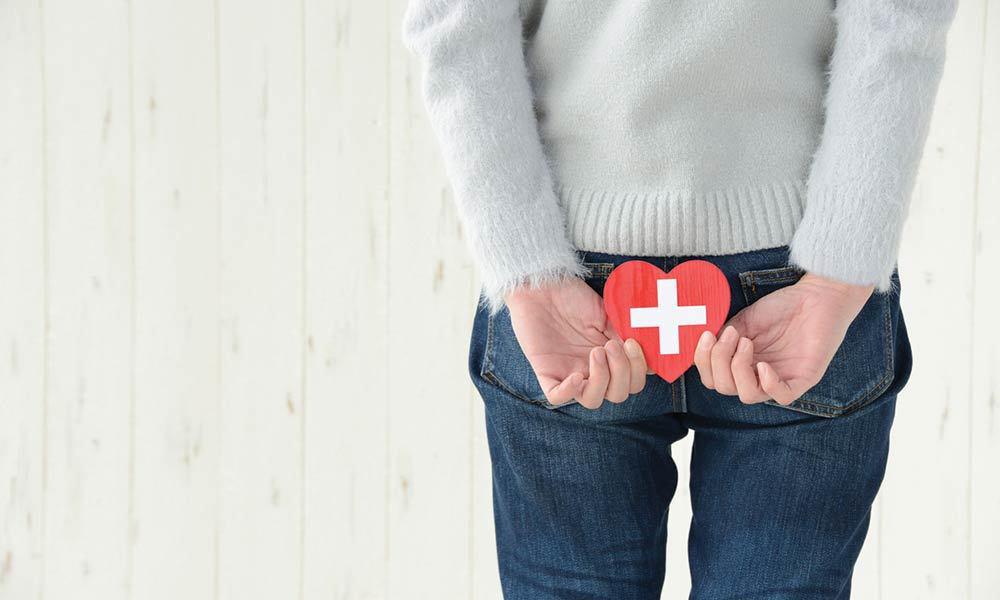
Most people know what hemorrhoids are, but not many people know the difference between internal and external hemorrhoids. This article will explore the differences between internal and external hemorrhoids, including symptoms and treatment options. It's important to be able to identify which type of hemorrhoid you have because internal hemorrhoids can become more serious if left untreated.
What are internal hemorrhoids?
Internal hemorrhoids are a type of hemorrhoid that develop inside the rectum. They are less common than external hemorrhoids, but they can still cause a lot of pain and discomfort. Internal hemorrhoids can usually be treated with over-the-counter medications or by seeing a doctor if the symptoms persist.
What are external hemorrhoids?
External hemorrhoids are a type of hemorrhoid that develop around the anus. They are more common than internal hemorrhoids, and they can be quite painful. There are a few things you can do to help relieve the pain and discomfort of external hemorrhoids, but in some cases, you may need medical treatment.
How to spot internal hemorrhoids
Internal hemorrhoids don't always cause symptoms, but when they do, the most common symptom is bleeding. You may also experience pain, itchiness, or swelling around the anus. If you think you have internal hemorrhoids, it's important to see a doctor so they can diagnose and treat the problem.
How to spot external hemorrhoids
External hemorrhoids are usually easy to spot because they will be swollen and red around the anus. They may also cause pain, itchiness, and bleeding. If you have any of these symptoms, it's important to see a doctor for treatment.
The difference between internal and external hemorrhoid symptoms
The main difference between internal and external hemorrhoids is that internal hemorrhoids develop inside the rectum, while external hemorrhoids develop around the anus. Internal hemorrhoids usually don't cause any symptoms, but when they do, the most common symptom is bleeding. External hemorrhoids are more likely to cause pain, itchiness, and swelling. If you have any of these symptoms, it's important to see a doctor for treatment.
Treatment for internal or external hemorrhoids
There are a few things you can do to help relieve the symptoms of internal or external hemorrhoids. For internal hemorrhoids, you can try over-the-counter medications like hemorrhoid cream or suppositories. You can also try using a cold compress to help reduce the swelling.
For external hemorrhoids, you can try using a cold compress or an ice pack, and you can also take over-the-counter pain medication. If the symptoms persist, it's important to see a doctor for treatment: internal hemorrhoids, external hemorrhoids, symptoms, over-the-counter medications, cold compress, ice pack, doctor.
Prevention methods for internal or external hemorrhoids
There are a few things you can do to help prevent internal or external hemorrhoids from developing. For internal hemorrhoids, you can try eating a high-fiber diet and drinking plenty of water. You can also try doing Kegel exercises to help strengthen the pelvic floor muscles.
For external hemorrhoids, you can try avoiding excessive straining when you go to the bathroom and avoid sitting for long periods of time. You can also try using a cushion to help relieve pressure on the anus. Internal hemorrhoids, external hemorrhoids, high-fiber diet, water, Kegel exercises, pelvic floor muscles, straining, sitting, cushion.
Tips on how to avoid internal or external hemorrhoids
-Stay regular: one of the most common causes of hemorrhoids is constipation. Make sure to go to the bathroom when you need to, and try to include more high-fiber foods in your diet.
-Exercise regularly: another common cause of hemorrhoids is sitting or standing for long periods of time. When you can, get up and move around. This will help improve blood flow and reduce the chance of developing hemorrhoids.
-Keep your anal area clean: wiping from front to back after using the bathroom will help keep bacteria away from your anus and reduce the chances of getting an infection.
-Avoid straining: if you're struggling to have a bowel movement, don't push too hard. This can cause hemorrhoids to form.
Hemorrhoids can be internal or external, and both are caused by a variety of factors. The symptoms for internal hemorrhoids include rectal bleeding, pain around the anal area, itchiness in the anus, anorectal discharge (fluid coming from your butt), and swelling in the anus. External hemorrhoids may cause similar signs but with less blood flow because they're located outside of the body. It's important to know how to spot them so you can get treatment as soon as possible before it gets worse.
